Meet Eraine van Schalkwyk, an exceptional macro photographer whose work captures the intricate beauty of the natural world in stunning detail. With an eye for the smallest wonders, Eraine’s photography unveils a hidden universe teeming with life and colour. Her journey into macro photography began with a simple fascination for jumping spiders, evolving into a passionate pursuit to document the often-overlooked details in nature. Through her lens, Eraine invites us to slow down and appreciate the extraordinary in the ordinary, revealing the artistry of nature one tiny masterpiece at a time.
Please tell us a little about yourself.
I am passionate about capturing the beauty of the natural world through photography. I hold a degree in Microbiology, driven by my interest in organisms that evade our eyes, but have the capacity to impact our lives.
What first drew you to macro photography, and how did you get started in this field?
From the moment I first saw a photograph of a jumping spider, I was intrigued. This sparked my journey to learn more about these fascinating organisms and other spiders. This ultimately led me to delve into the world of macro photography. I wanted to showcase the beauty of spiders and challenge common perceptions that label them as ‘ugly’ and ‘scary’. Inspiring others to reconsider their perspectives of spiders has been incredibly rewarding and has made my pursuits in this field immensely fulfilling. Through macro photography, I’ve had the opportunity to observe a diversity of interesting organisms, which has enriched my understanding of their worlds.
Who or what are your biggest influences in the realm of macro photography?
My biggest inspiration is nature itself.
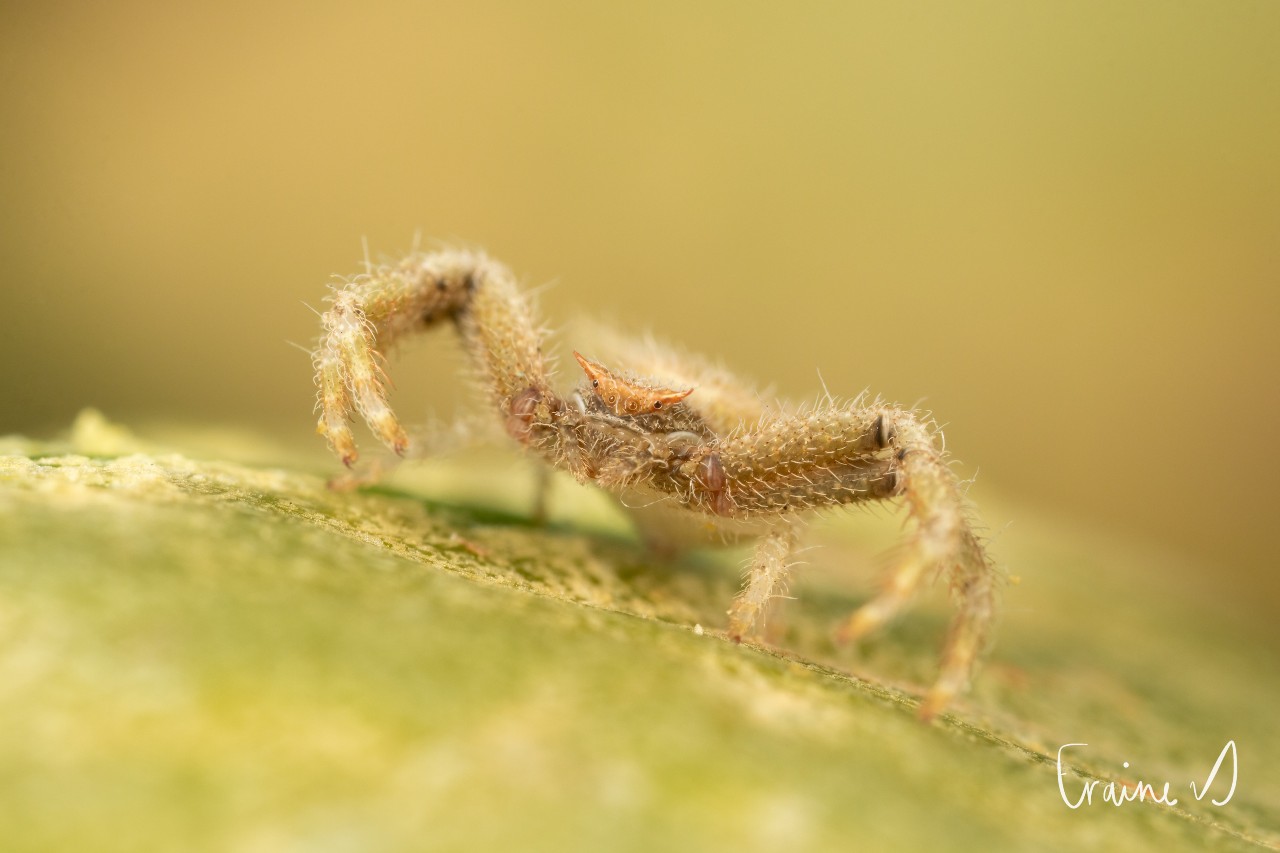
What equipment do you use for your macrophotography, and why did you choose these particular tools?
In my early days of photographing jumping spiders, I used an Olloclip extension on my mobile phone. I then upgraded to a Canon EF 100mm f/2.8 Macro USM lens paired with a Canon 60D body, a camera I still use today. To expand my “macro” capabilities further, I added the Canon MP-E 65mm f/2.8 1-5x Macro lens to my gear. Other accessories that I use are a Canon Macro Twin Lite Flash MT-24EX, MagMod MagSpheres, and beanbags for stabilisation.
Can you explain the process of setting up a shot in macrophotography? What are some challenges you face?
I prefer to photograph organisms undisturbed in their natural habitats, allowing nature to set the scene. I enjoy immersing myself in nature and exploring environments to discover which organisms are active. One of the biggest challenges I face, aside from an unwilling subject, is dealing with wind or even the slightest breeze when photographing arthropods on moving plants. In such cases, when using a beanbag is difficult, I must maintain a steady and sometimes uncomfortable pose, waiting for the wind to subside.
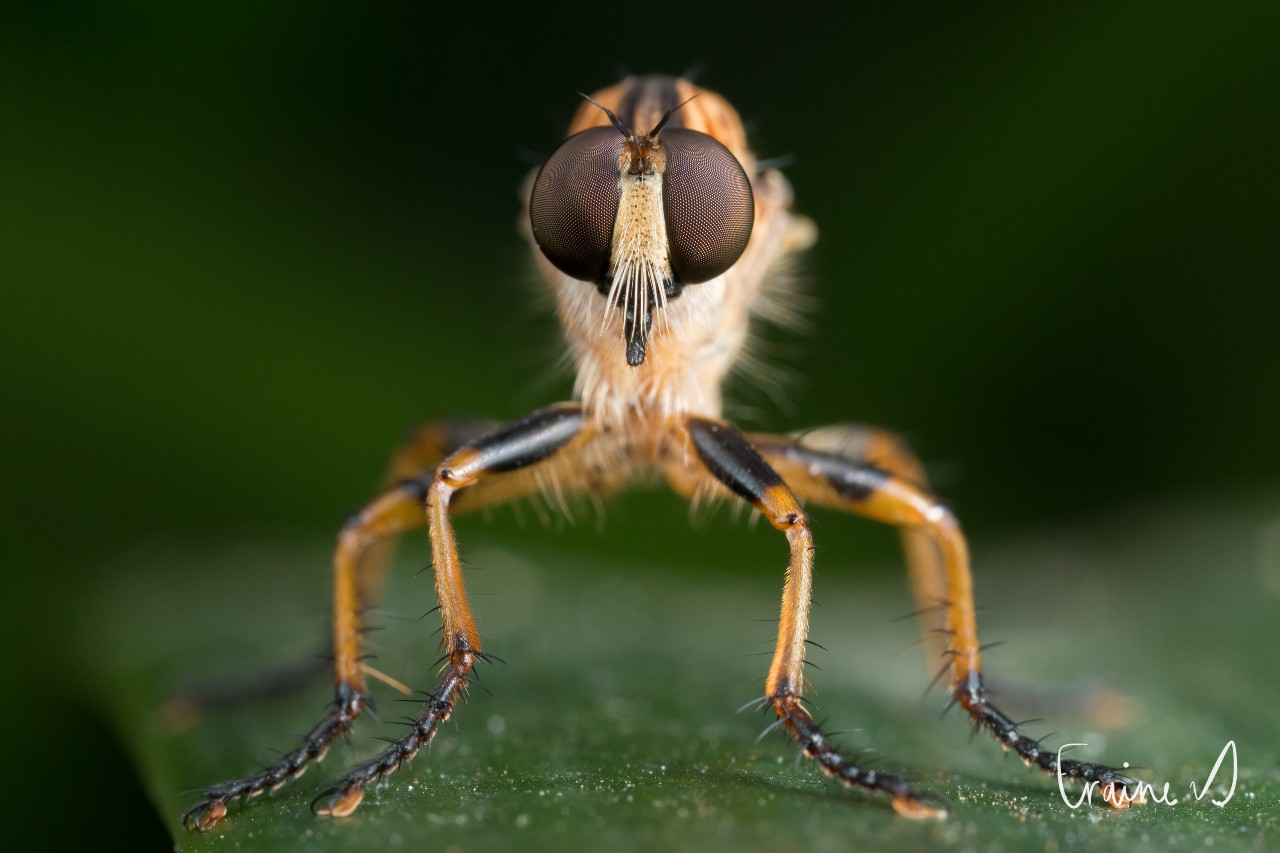
How do you handle lighting in macro photography, considering the small scale of the subjects?
I utilise my Canon Twin Flash setup with MagMod MagSphere diffusers for lighting in my macro photography. This setup involves mounting the flash on my camera body, with the flash heads positioned on the front of the lens. So, as I adjust the zoom on my lens, the flash heads automatically adjust their position relative to the subject. The flash heads also allow for some flexibility in adjusting the direction of the light. This setup ensures that I can maintain optimal lighting conditions.
What techniques do you use to achieve focus and clarity in your macro images?
I typically photograph my subjects handheld, occasionally using beanbags for stability when possible. I take single exposures with manual focus, as many of my subjects are small and can move unpredictably. This allows me to manually select the focus point for each photograph. Due to the movement of my subjects, I do not use focus stacking to achieve a greater depth of field.
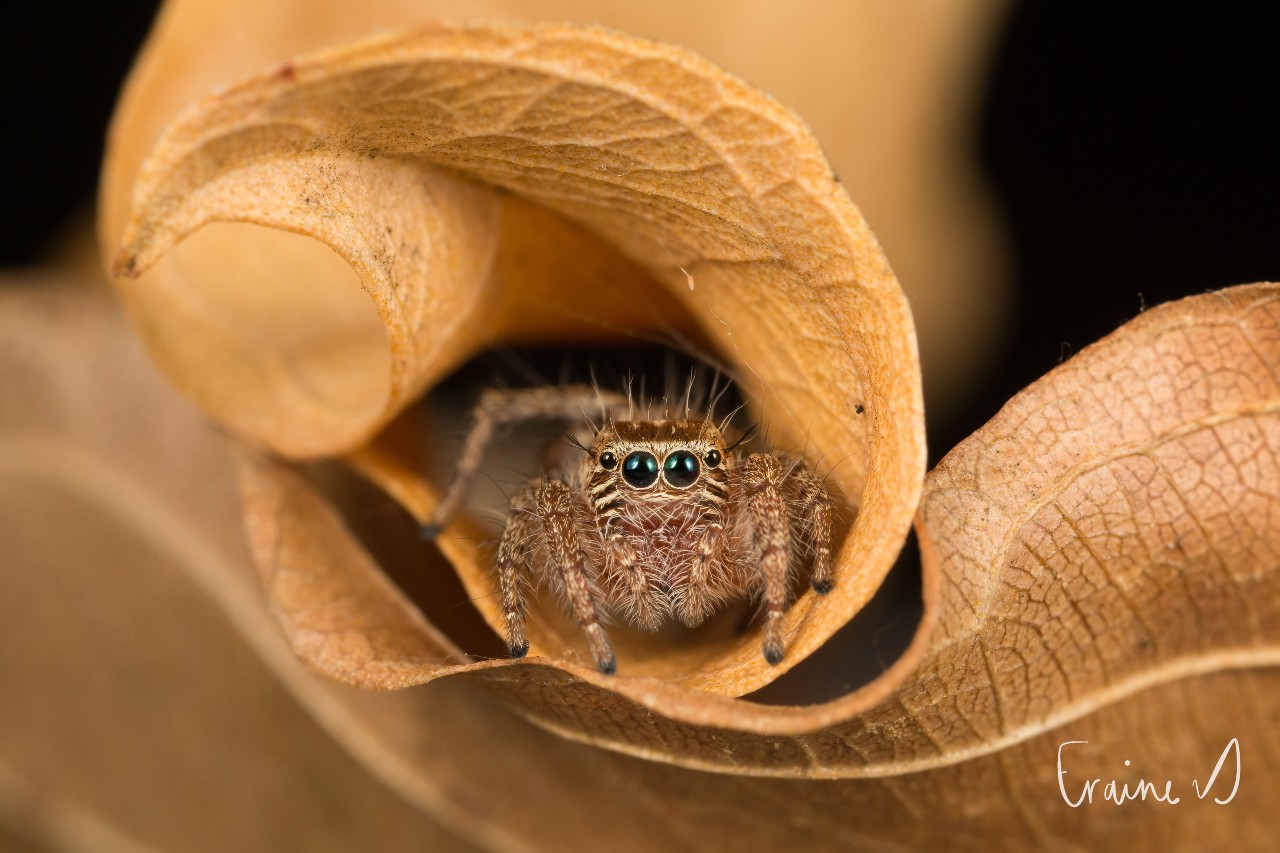
How do you choose your subjects for macrophotography?
I travelled across South Africa to locate and photograph a wide variety of jumping spiders, immersing myself in their natural habitats. Typically, I am drawn to subjects that possess interesting visual characteristics.
How do you balance the technical and artistic aspects of macro photography?
Balancing the technical and artistic aspects of macro photography involves understanding how the environment impacts the subject. Selecting the optimal time of day can introduce specific colours and lighting effects into the landscape. Thus, experimenting with different camera settings and compositions in conjunction with what the environment presents, often yields interesting results.
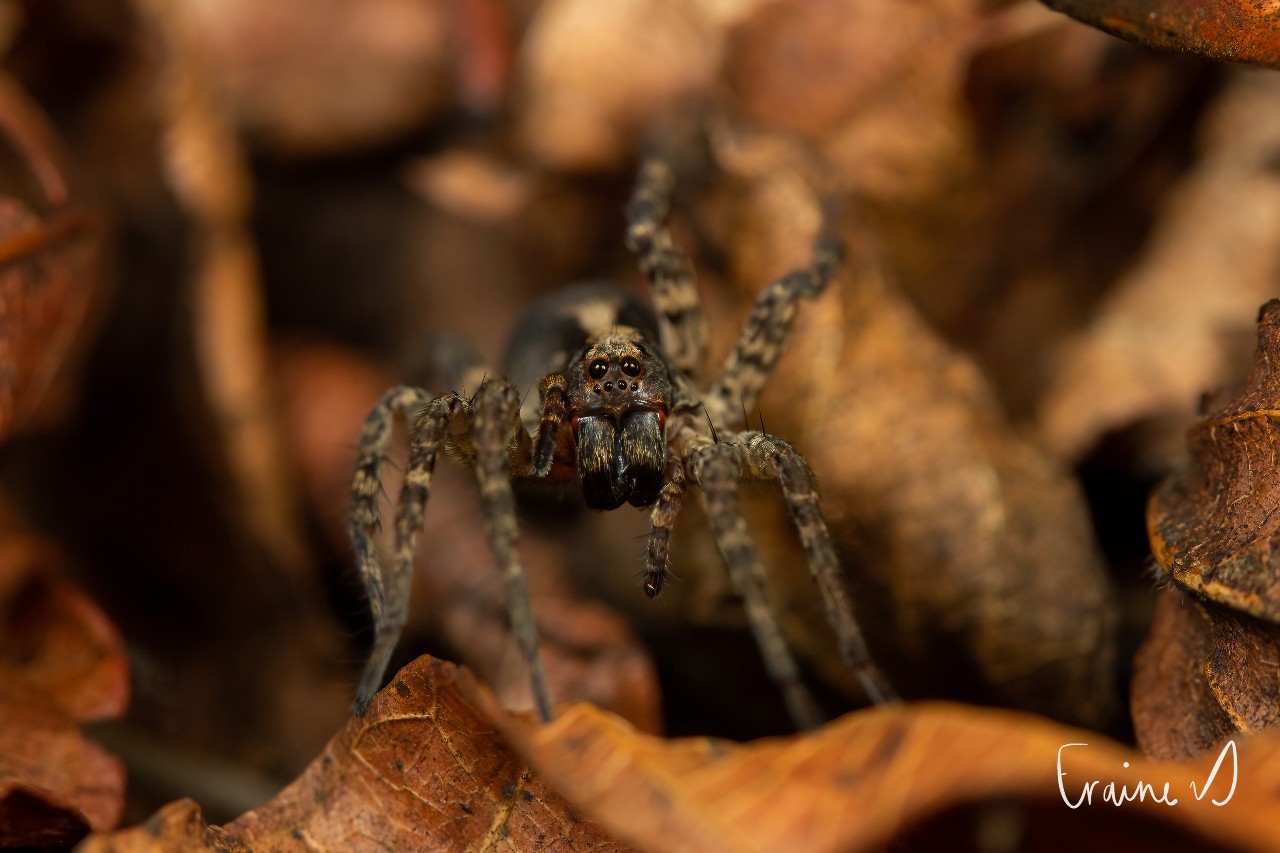
How do you deal with motion or vibration when photographing microscopic subjects?
To mitigate motion or vibration when photographing my subjects, I use a beanbag when feasible to stabilise myself. Additionally, I ensure proper lighting, along with an appropriate shutter speed.
What role do software and post-processing play in your work?
I do basic post-processing, such as some white balancing, colour correction, cropping, and sharpening.
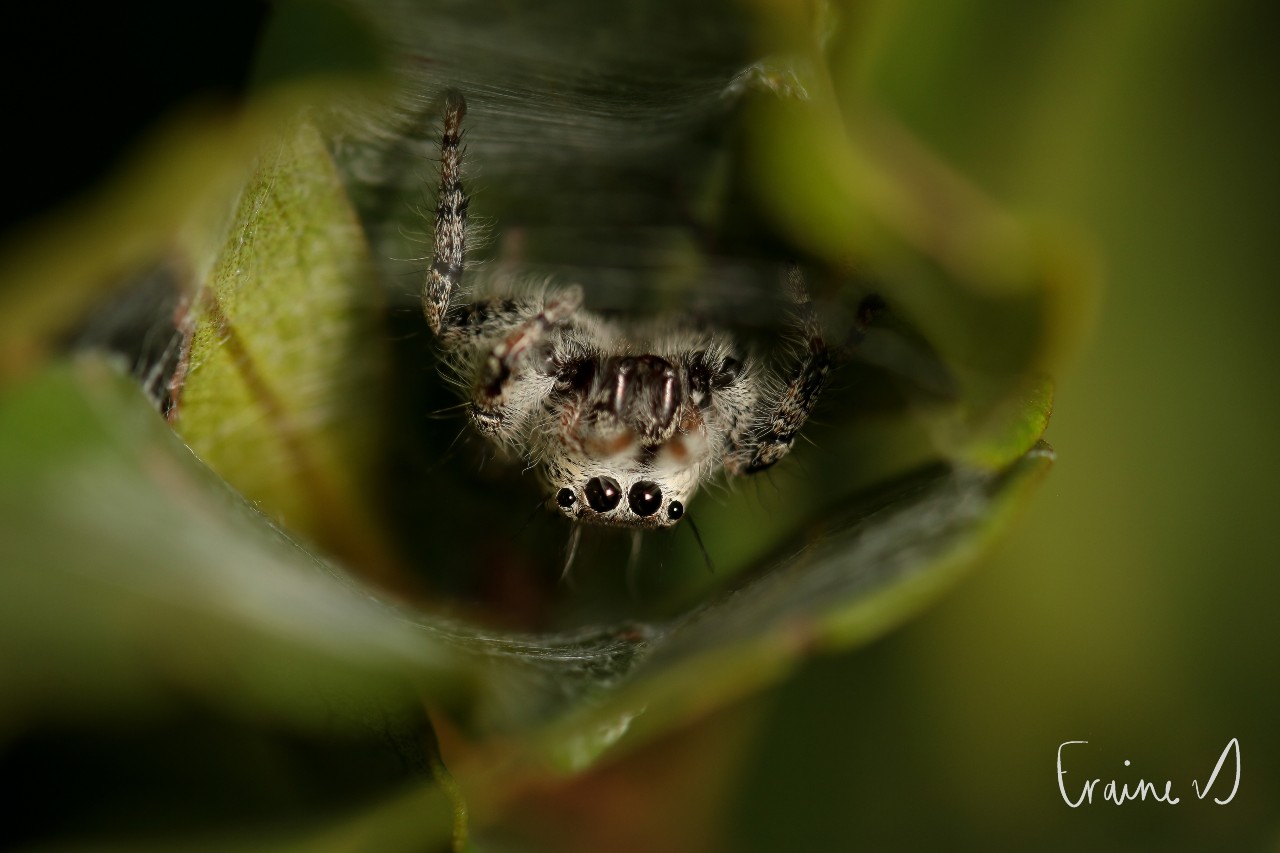
What has been your most rewarding experience as a macrophotographer?
Some of my most rewarding experiences as a macro photographer have been encountering organisms I’ve eagerly sought, such as the Portia schultzi jumping spider. The Portia genus is celebrated for its intelligence, making each of my handful of encounters particularly memorable. A standout moment was winning first place in the Africa Geographics competition in 2019 with a photograph of a Hyllus sp. jumping spider. This recognition affirmed the impact of my work and reinforced my dedication to capturing the beauty and intrigue of these tiny marvels.
Do you have any advice for someone looking to get started in macrophotography?
My advice for someone looking to get started in macro photography is to have patience during the learning process. Understand and study your subjects’ behaviour and habitat as this increases the chances of quality photographs. Above all, respect and enjoy the company of your subjects.
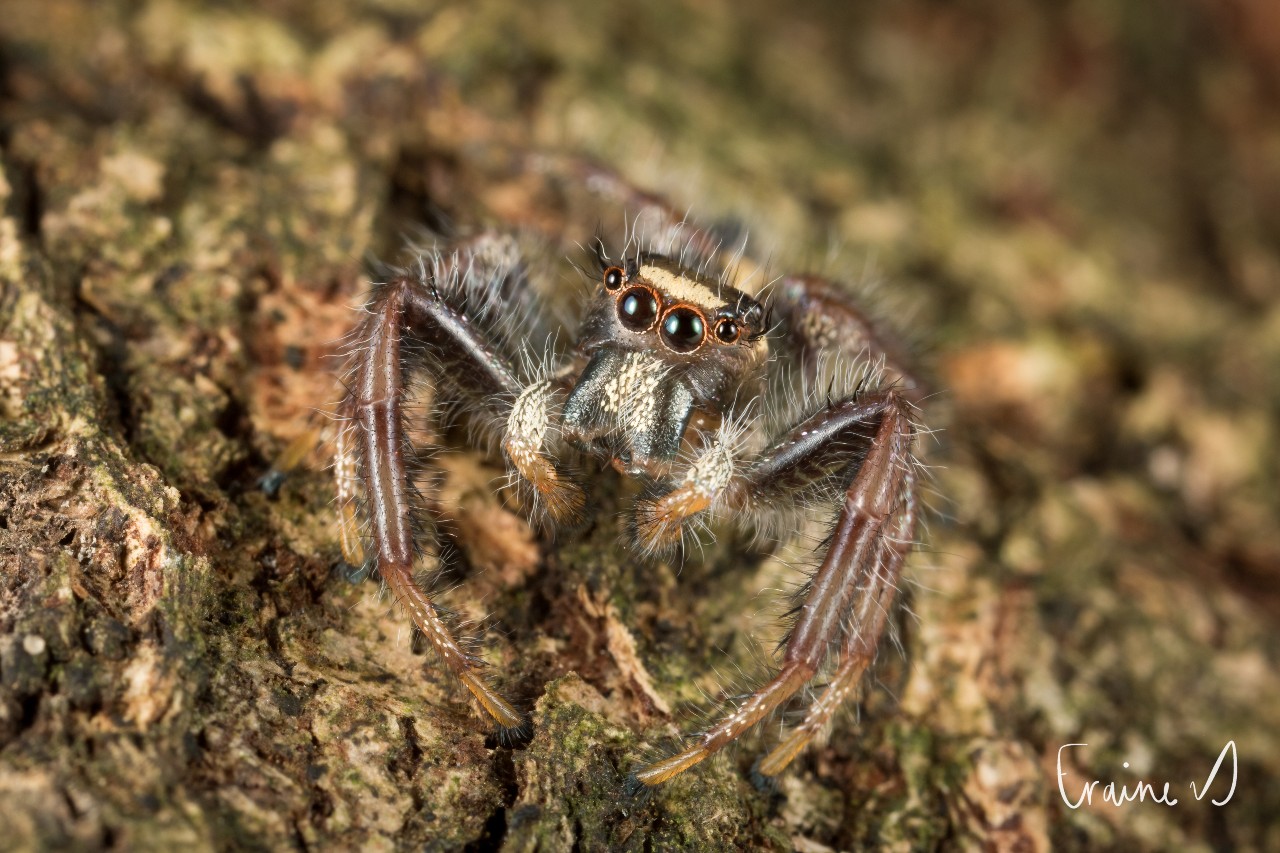
How do you keep yourself motivated and inspired in this niche field?
I stay motivated and inspired in this field by nurturing my curiosity. The diversity of amazing organisms on our planet ensures there is always something new to discover and photograph.
